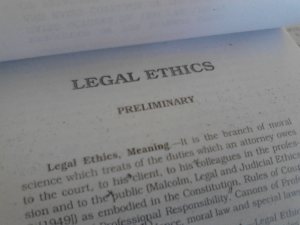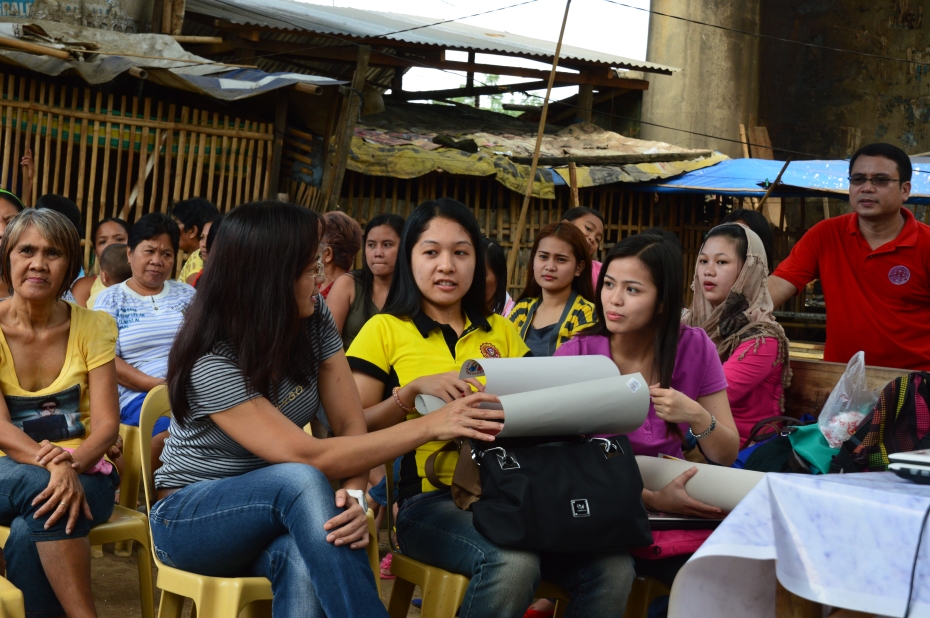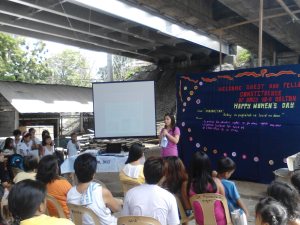 Holy Week has come to mean different things to different people. For the Catholics, it is the holiest of the Liturgical calendar which entails fasting, praying, or abstaining. It means doing things in moderation.
Holy Week has come to mean different things to different people. For the Catholics, it is the holiest of the Liturgical calendar which entails fasting, praying, or abstaining. It means doing things in moderation.
For others, however, it means quite the opposite. It means a trip to the beach or a trek to the mountains. To the non-Catholics and Catholics alike, it means a break from the daily grind of work. Indeed, it has come to mean more time to do more things.
Together with my friends, I indulged in a vacation binge—the first of many to come—and went to Lake Agco on Thursday last week, and stayed overnight.
 Lake Agco is so popular a tourist spot one need not tell another where it is. Go to Kidapawan City, ask people around, and you’d get to Lake Agco with nary a trouble. And don’t bother wearing a pair of trekking slippers like I did, or bring all that mountain-climbing stuff—you’re not scaling Mt. Apo. Besides the road to Lake Agco is partly cemented; the portion not cemented, though, is paved, thanks to PNOC (Philippine National Oil Corporation) which developed the area to exploit its valuable geothermal energy.
Lake Agco is so popular a tourist spot one need not tell another where it is. Go to Kidapawan City, ask people around, and you’d get to Lake Agco with nary a trouble. And don’t bother wearing a pair of trekking slippers like I did, or bring all that mountain-climbing stuff—you’re not scaling Mt. Apo. Besides the road to Lake Agco is partly cemented; the portion not cemented, though, is paved, thanks to PNOC (Philippine National Oil Corporation) which developed the area to exploit its valuable geothermal energy.
We arrived at Lake Agco at around 12 noon, but because it is at the foot of the Mt. Apo, it was expectedly cold. We stayed in Lake Agco Mahomanoy Resort. It was crowded. Children were noisily frolicking in the swimming pool. The fact that the entire area is the Ancestral Domain of the Manobo Tribe and thus a hallowed ground did not deter men from making noises. Which made it discomfiting for those who came in search of peace and quiet.
 Of course, one thing we went to Lake Agco for was the Lake Agco. But it was not in the lake itself where we bathed. For Lake Agco is so hot a crocodile wouldn’t even dare inhabit it. We bathed in the mini pool being made to appear like a hot spring by tapping the steam from the lake, redirecting it to the pool through a pipe, and thereby heating the mini pool. Think of a pan filled with water heated by a gas stove. That’s how it works.
Of course, one thing we went to Lake Agco for was the Lake Agco. But it was not in the lake itself where we bathed. For Lake Agco is so hot a crocodile wouldn’t even dare inhabit it. We bathed in the mini pool being made to appear like a hot spring by tapping the steam from the lake, redirecting it to the pool through a pipe, and thereby heating the mini pool. Think of a pan filled with water heated by a gas stove. That’s how it works.
There are lots of hot springs that sprung around Lake Agco. Of these, perhaps the cleanest is that which is found at the nearby Antayan Resort.
In taking a bath in hot springs, we were taught not to dip abruptly our whole body. The feet should go first. Soak them until it doesn’t hurt anymore. Then slowly submerge until the body finally adjusts to the temperature.
Beside the hot spring is a sauna that looks more like a cave than a sauna. It’s powered by the steam from the lake. But unlike in commercial spas, there is no knob that controls the temperature. So when we went inside, we felt like stray dogs being thrown into a gas chamber.
Perhaps among the offerings of Lake Agco, what gave more excitement to us was the mud pack. The mud around Lake Agco is rich in sulfur which they say could cure skin diseases. Would it work? Was it safe? We covered our body with mud anyway. But we didn’t expect it to work wonders—we don’t have skin diseases to speak of. Yet we did try it as though we’re kids playing with mud.
 Photo by Janice Sabnal[/caption]
Photo by Janice Sabnal[/caption]








